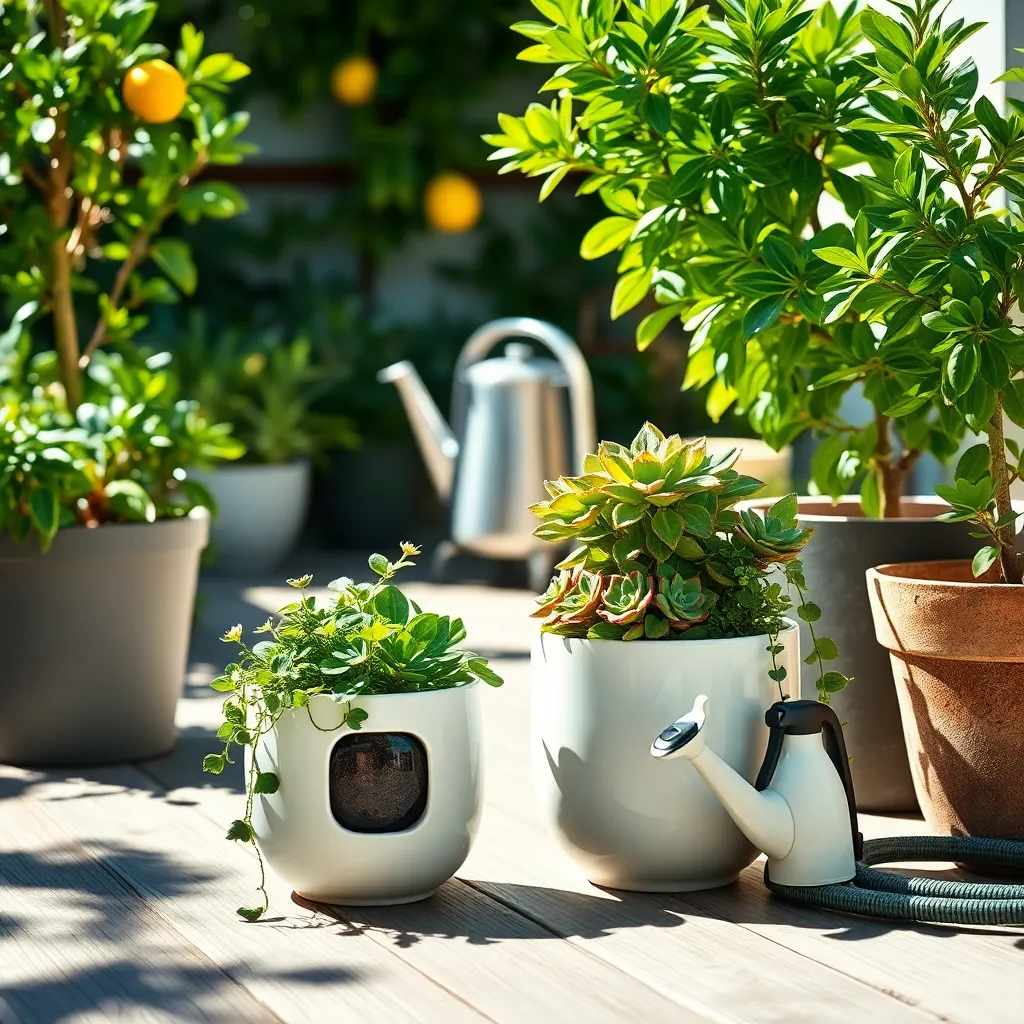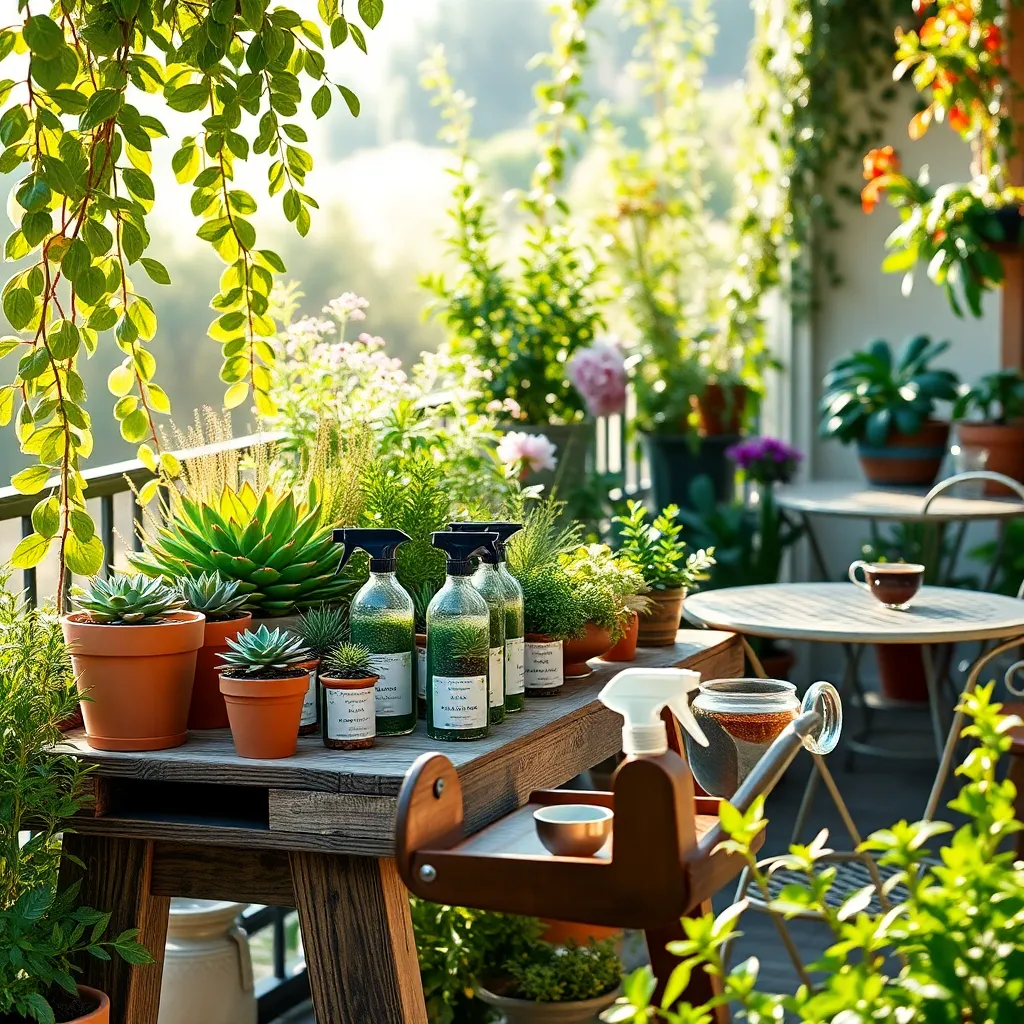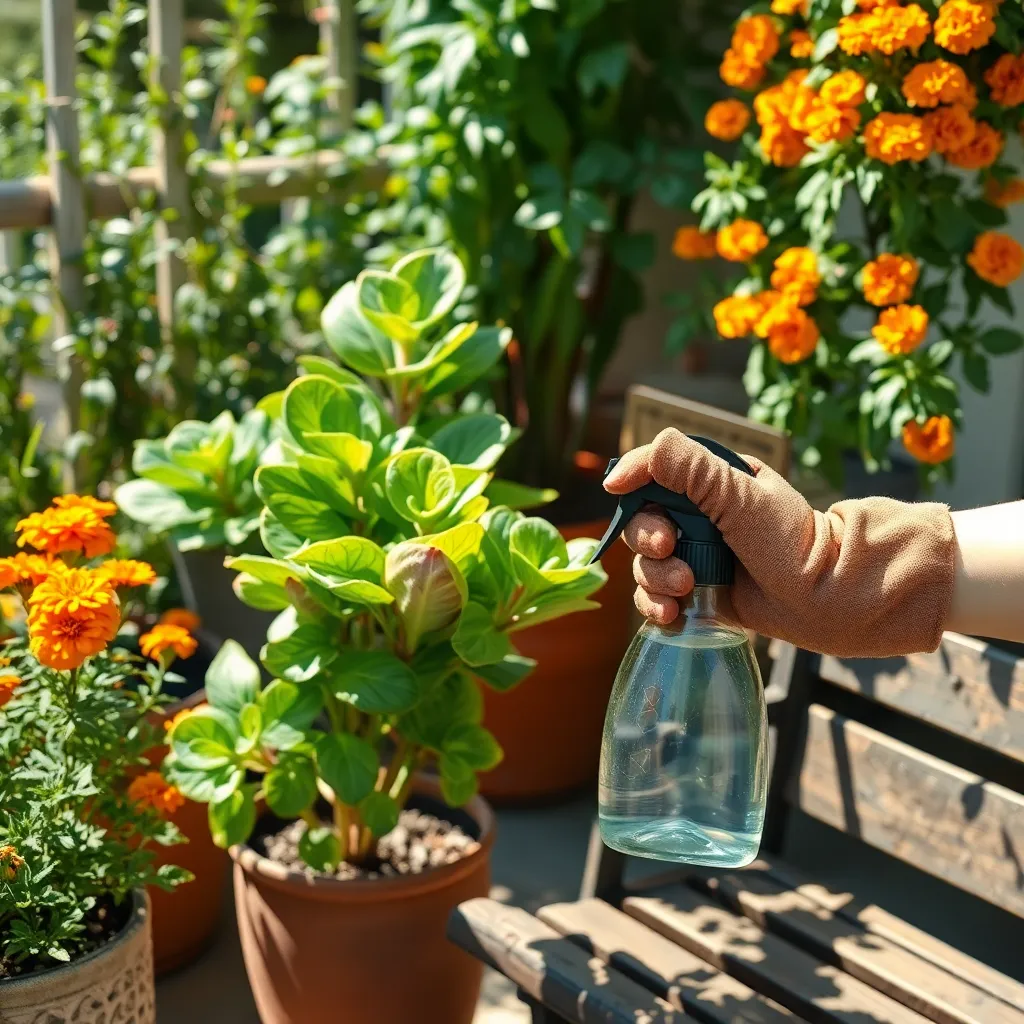In today’s fast-paced world, finding time to tend to a garden can feel like a luxury reserved for weekends or fleeting moments of leisure. Yet, the joy of nurturing plants and watching them thrive need not be exclusive to those with endless hours to spare. Whether you’re a seasoned gardener seeking to simplify your routine or a newcomer eager to experience the joys of greenery without a significant time commitment, this article is your gateway to discovering plants that effortlessly fit into a bustling lifestyle.
Gardening should be a source of joy and relaxation, not another chore on your to-do list. By selecting easy-to-care plants, you can enjoy the benefits of a lush indoor or outdoor space without the constant upkeep. In the following sections, you will explore a variety of resilient plants that require minimal care but deliver maximum beauty and satisfaction. From hardy succulents to low-maintenance foliage, these botanical companions promise to transform your space with minimal fuss, allowing you to relish the tranquility and fulfillment that gardening brings, even on a tight schedule.
Choosing Low-Maintenance Indoor Plants

When selecting low-maintenance indoor plants, consider options that thrive with minimal care. Plants like snake plants and pothos are excellent choices because they can tolerate low light and infrequent watering.
Place your snake plant in a well-draining potting mix to prevent root rot, and water it only when the soil is completely dry. For pothos, use a general-purpose potting soil and allow the top inch to dry out between waterings to encourage healthy growth.
Another superb choice is the ZZ plant, known for its resilience and ability to thrive in low light. This plant prefers to dry out completely between waterings, making it perfect for those who might forget to water regularly.
Ensure all your low-maintenance plants are in containers with drainage holes to avoid water accumulation. Providing the right environment will allow these plants to flourish effortlessly, offering lush greenery with minimal intervention.
Top Picks for Minimal Care Gardens

For those who want a garden that thrives with minimal effort, succulents are an excellent choice. These resilient plants require little water, making them perfect for those who often forget a watering schedule; simply place them in a well-draining soil mix and ensure they receive plenty of sunlight.
Herbs like rosemary and thyme are also fantastic for low-maintenance gardens. They thrive in poor, rocky soils, and require infrequent watering, only when the top inch of soil is dry, which makes them ideal for beginners and busy gardeners alike.
Perennials such as sedums and lavender offer year-after-year beauty with minimal attention. These plants do well in sunny spots and only need watering during prolonged dry spells, which helps keep their maintenance to a minimum.
Consider ornamental grasses like blue fescue or fountain grass, which are both drought-tolerant and visually appealing. They require little more than a once-yearly trim to remove dead foliage, making them a superb choice for a no-fuss landscape.
Effortless Watering Tips and Tricks

Watering doesn’t have to be a chore, especially when you embrace efficient techniques. Avoid overwatering by checking the soil moisture before reaching for the hose; simply stick your finger an inch into the soil to feel if it’s dry.
Incorporate mulching as a simple yet effective way to retain soil moisture and reduce watering frequency. Organic mulches, like shredded bark or straw, not only conserve water but also enrich the soil as they decompose.
Consider installing a drip irrigation system for hassle-free watering, especially if you have a larger garden. These systems deliver water directly to the plant roots, ensuring efficient use and saving you time.
Grouping plants with similar watering needs can further simplify your efforts. This strategy allows you to water effectively without worrying about over-saturating some plants while under-watering others.
Simplified Plant Feeding Routines

Feeding your plants doesn’t have to be a complicated chore; in fact, you can simplify it with a few strategic approaches. Start by choosing a balanced, slow-release fertilizer that will provide nutrients over time, reducing the need for frequent applications.
For beginners, using a liquid plant food once a month can be an easy way to ensure your plants receive essential nutrients. This method is particularly effective for indoor plants or those in containers, as it delivers nutrients directly to the roots.
Advanced gardeners might consider creating a feeding schedule that aligns with the seasonal growth cycles of their plants. During the active growing season, typically spring and summer, plants may require more frequent feeding, while in fall and winter, you can reduce or even halt feeding.
It’s also crucial to understand the specific needs of your plants, as different species might require different nutrients. Plants like succulents and cacti, for instance, thrive with minimal feeding—a light application of diluted fertilizer every couple of months is usually sufficient. This thoughtful approach ensures that even the busiest gardener can maintain healthy, thriving plants with minimal effort.
Stress-Free Plant Pest Management

Dealing with pests doesn’t have to be a headache if you take a few proactive steps. Start by inspecting your plants regularly, as early detection is key to managing infestations.
Consider using natural pest deterrents such as neem oil or insecticidal soap, which are gentle yet effective. These options can be applied safely to most plants without harming beneficial insects.
For a sustainable approach, introduce companion planting to deter pests naturally. For example, plant marigolds alongside your vegetables, as their scent can repel many unwanted insects.
Advanced gardeners might explore integrated pest management (IPM) strategies. This involves combining biological, cultural, and mechanical methods to keep pest populations under control without heavy reliance on chemicals.
Conclusion: Growing Success with These Plants
In this journey through ‘Easy-to-Care Plants for Busy People,’ we explored five key concepts that beautifully mirror the nurturing demands of relationships. First, we learned about resilience, as seen in hardy succulents that thrive with minimal attention, reminding us that relationships need consistent, albeit manageable, care. Second, adaptability was highlighted by the forgiving nature of snake plants, which can flourish in various conditions, teaching us the importance of flexibility in love. Third, the peace lily showed us the power of empathy, as it signals its needs clearly, mirroring the importance of communication. Fourth, the vibrant pothos taught us about growth, illustrating how relationships can thrive with just a little encouragement. Lastly, the ZZ plant exemplified patience, thriving slowly but surely, echoing the enduring strength of lasting bonds.
As an actionable next step, choose one plant from the article that resonates with you and invite it into your home as a daily reminder of these relationship principles. Bookmark this article now so you can revisit these insights whenever you need a reminder. Remember, cultivating a flourishing relationship, like nurturing a plant, is a rewarding journey. With these strategies in your toolkit, the path to relationship success is not only possible but inevitable.
